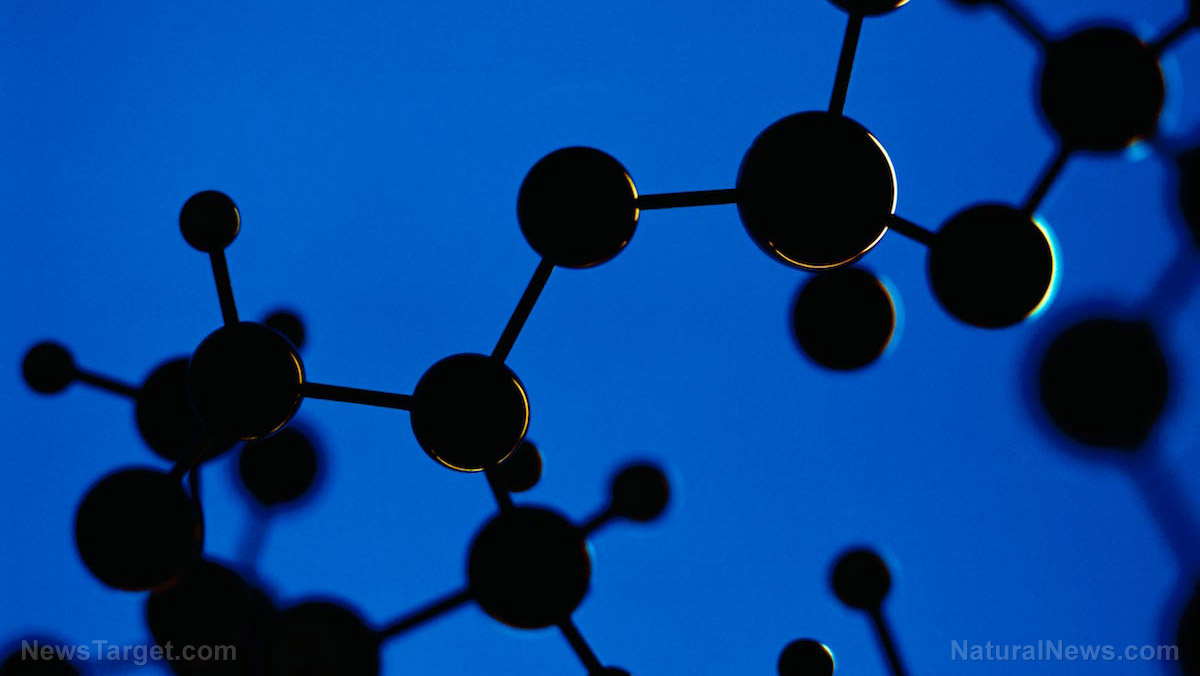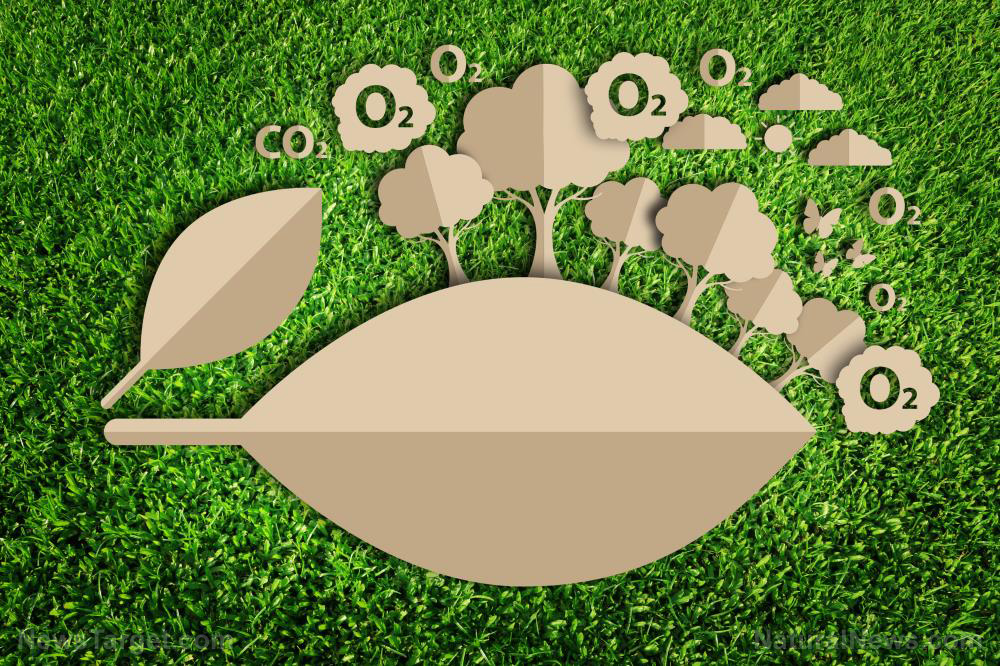New material will make chemical-sniffing sensors even more sensitive, expanding possibilities for use
12/10/2018 / By David Williams

Chemical sensors are all around you, and you may not even know it. These sensors have been developed to serve a number of different purposes, and most of them function best when you don’t even notice that they exist. Now a team of researchers from Drexel University and the Korean Advanced Institute of Science and Technology has reportedly discovered that it’s possible to make the best chemical sensors even more effective.
According to the researchers, a two-dimensional inorganic compound called MXene can serve as an effective detector of gaseous chemicals due to its high sensitivity. It is so sensitive, in fact, that it works so much better than many other existing solutions for detecting certain chemicals such acetone and ammonia. The researchers detailed their findings in a new paper published recently in the American Chemical Society journal ACS Nano.
Dr. Yury Gogotsi, a professor at the Drexel University College of Engineering, the new material could prove to be beneficial in so many different ways. “MXene is one of the most sensitive gas sensors ever reported. This research is significant because it expands the range for detection of common gases allowing us to detect very low concentrations that we were not able to detect before,” he explained. “The high sensitivity of the device may be used for detecting toxic gases or pollutants found in our environment.”
The efficacy of MXene lies in its high signal-to-noise ratio compared with other chemical sensors, according to the researchers. It’s said that it’s able to pick up more signal and less noise as one of its key attributes, making it far more effective than many other chemicals that are in use in medical settings today.
Typically, chemical detectors that are used to look for things like acetone, ethanol, or propanol — and those used in breathalyzers for alcohol detection — have a signal-to-noise ratio somewhere between three to 10. MXene’s is many times higher, lying between 170 to 350, depending on what chemical is being detected.
Such a high level of sensitivity to chemicals could make MXene extremely valuable for the detection of disease. Detecting ulcers and diabetes could be possible thanks to its use, and the development of newer breath analysis methods that can help in early diagnosis of various kinds of cancer, cirrhosis, kidney disease, and multiple sclerosis could also benefit from its use.
The researchers noted that the main advantage MXene has over conventional chemical sensors is the fact that it has a porous structure and chemical composition, which allows gas molecules to move freely across its surface while also trapping certain ones that are “chemically attracted” to it — which is a sign of good selectivity.
Gogotsi went further in emphasizing MXene’s strengths. “If the material can respond to gases by giving a strong signal, while simultaneously being conductive and achieving low electrical noise, the sensor can detect gases at very low concentrations because the signal-to-noise ratio is high,” he explained. “MXene can detect gases in the 50-100 parts per billion ranges, which is below the concentration necessary for current sensors to detect diabetes and a number of other health conditions.”
Gogotsi also mentioned the possibility of expanding MXene’s uses to cover other industries, such as energy harvesting, environmental monitoring, healthcare, and storage. He said the next step is to advance the research that they have conducted so far, and eventually move to developing widgets like personal sensors built right into smartphones that monitor body functions in the background while you eat, sleep, or work. Since the chemical itself has already been proven to work, it’s going to be up to the technology to catch up.
Read more news stories on tech inventions at FutureTech.news.
Sources include:
Tagged Under: breakthrough, breathalyzer, cancer detection, chemical detectors, chemical sensors, chemicals, Chemistry, diabetes, Diseases, inventions, MXene, ulcers



















